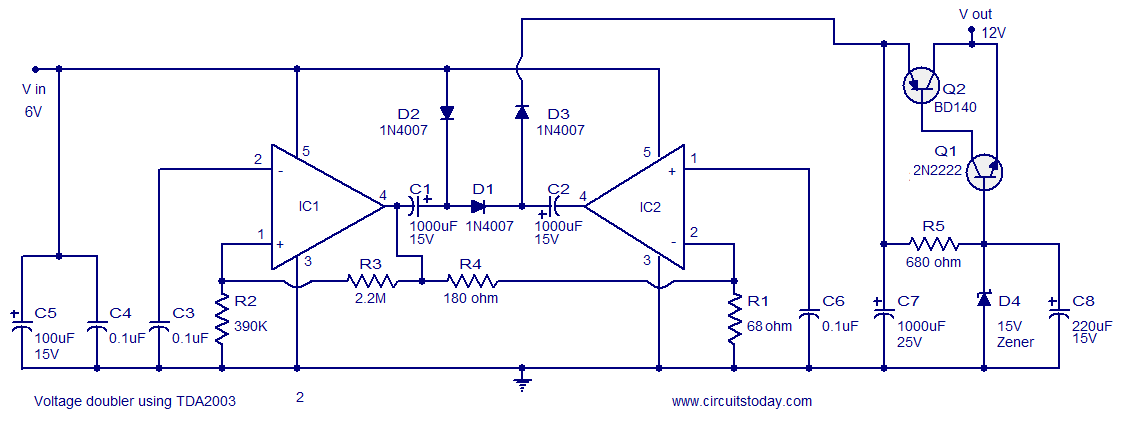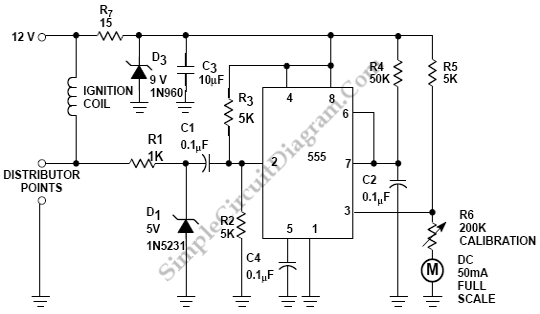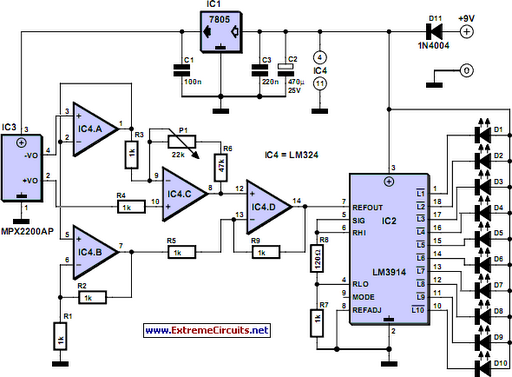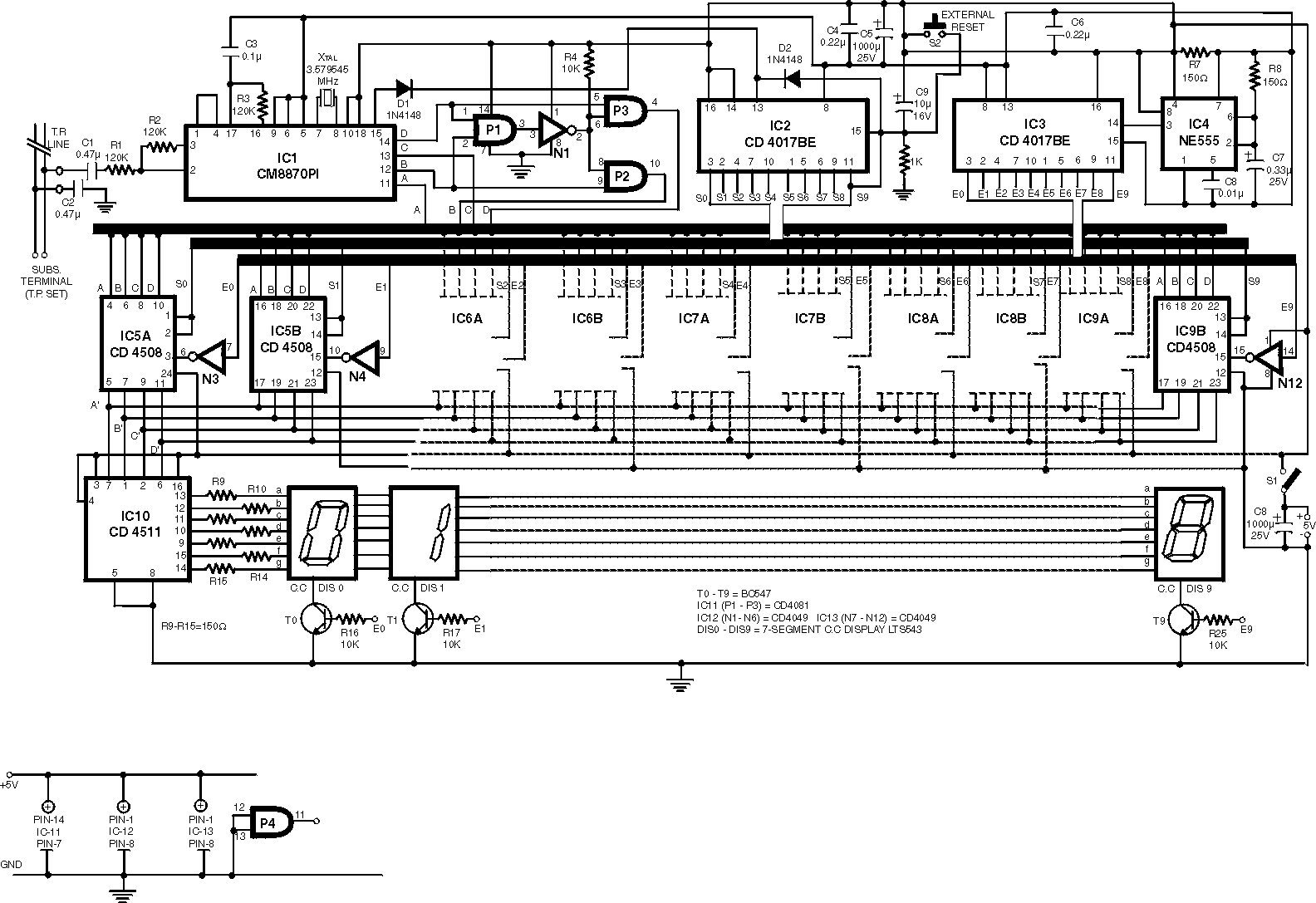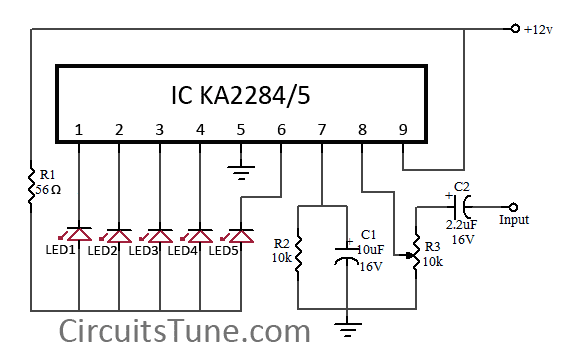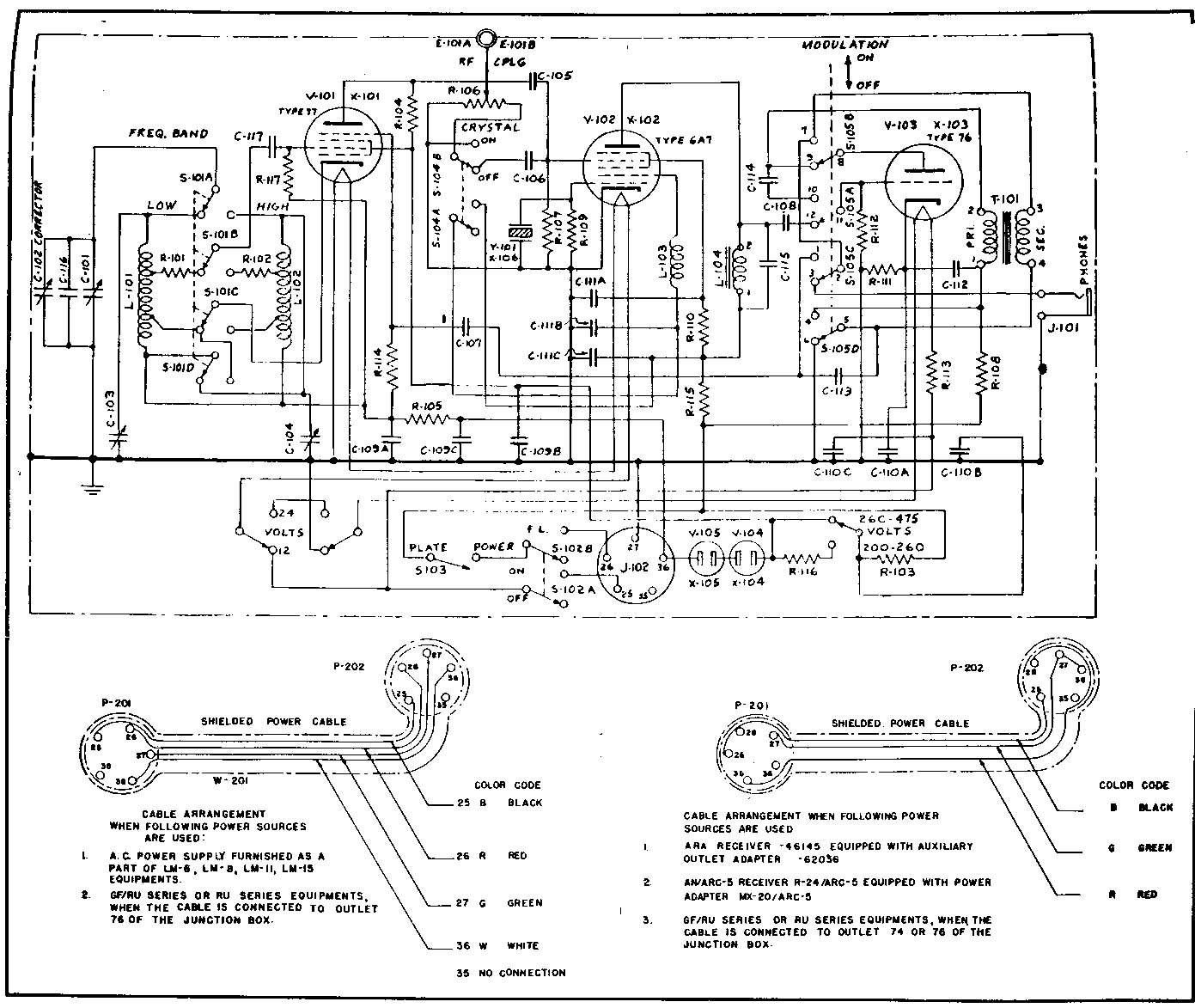
Telephone call meter using calculator & COB

A simple calculator, in conjunction with a chip-on-board (COB) from an analogue quartz clock, is utilized to create a telephone call meter. The calculator facilitates the conversion of STD/ISD calls into local call equivalents and consistently displays the current local call meter reading. The circuit design is straightforward, offering an elegant appearance with feather-touch operation. It operates on very low current and is entirely battery-powered. The batteries used can last over a year. Another advantage of this circuit is its compatibility with any type of pulse rate format, including whole numbers or whole numbers with decimal values. Recently, the telephone department announced modifications to the pulse rate format, which now includes both whole numbers and decimal values. In such instances, this circuit proves to be particularly useful. To convert STD/ISD calls to local calls, the circuit requires accurate 1Hz clock pulses generated by the clock COB, typically found in analogue quartz wall clocks or timepiece mechanisms. This COB comprises an integrated circuit (IC), chip capacitors, and a crystal, which can be salvaged from discarded quartz clock mechanisms and purchased from watch-repair shops for less than Rs 20. Generally, the COB within the clock mechanism remains functional. However, before use, it is essential to verify its serviceability by applying 1.5V DC across terminals C and D, as illustrated in the accompanying figure. Subsequently, the DC voltage across terminals A and B should be checked; these terminals are connected to a coil within the clock. If the COB is operational, the multimeter needle will deflect forward and backward once per second. In fact, a 0.5Hz clock signal is available at terminals A and B, with a 90-degree phase difference. The benefit of utilizing this COB is its operation on a 1.5V DC source. The clock pulses from terminals A and B are combined using a bridge composed of diodes D1 to D4 to generate 1Hz clock pulses. These clock pulses are applied to the base of transistor T1, whose collector and emitter are connected across the calculator's equal sign terminals. The number of pulses corresponding to an equivalent call can be determined from the latest telephone directory. However, the pulse rate (PR) found in the directory cannot be directly utilized in this circuit. For compatibility, the applicable pulse rate for a specific location or distance, based on the time of day or holidays, is converted to a pulse rate equivalent (PRE) using the formula PRE = 1/PR. A lookup table for various pulse rates and their equivalents can be prepared. For instance, when making an STD call with a pulse rate of 4, the corresponding pulse rate equivalent from the table is noted as 0.25. It is important to remember that upon the maturity of a call in the telephone exchange, the exchange call meter will immediately advance by one call and will be further incremented according to the pulse rate. Therefore, one call should always be included before counting the calls. For a call with a pulse rate of 4, the slide switch S1 should be set to the 'off' position (pulse set position), and the calculator buttons should be pressed in the following sequence: 1, +, 0.25, =. Here, 1 represents the initial count, and 0.25 is the PRE. The calculator will then display 1.025, indicating that the call meter is prepared to count. Once the call is made, the switch S1 should be promptly set to the 'on' position (start/standby position). The COB will then generate 1Hz clock pulses, causing transistor T1 to conduct once per second, thereby electronically activating the equal sign button on the calculator every second. After concluding the call, the switch S1 should be returned to the 'off' position (pulse set position), and the local call meter reading should be noted from the calculator display. If the decimal value is greater than or equal to 0.9, an additional call should be added to the whole number. If the decimal value is less than 0.9, only the whole number should be recorded. To store this local call meter reading in the calculator's memory, the M+ button should be pressed.
The circuit design incorporates a COB sourced from an analogue quartz clock, which serves as the primary timing mechanism for generating the required clock pulses. The integration of the COB with the calculator is achieved through a straightforward connection scheme involving a transistor that interfaces with the calculator's input. The use of a bridge rectifier formed by diodes ensures that the clock pulses are appropriately conditioned to produce a stable 1Hz signal, which is crucial for accurate timing and counting of call pulses.
The circuit's power supply is derived from a low-voltage battery, which not only enhances portability but also contributes to the low power consumption profile, allowing for prolonged battery life. The choice of components, including the diodes and the transistor, is critical to maintaining the integrity of the signal and ensuring reliable operation over extended periods.
In summary, this circuit presents an efficient solution for monitoring telephone call durations and costs by leveraging readily available components and simple circuitry. Its ability to adapt to various pulse rate formats and its user-friendly interface make it a valuable tool for users requiring precise call metering.A simple calculator, in conjunction with a COB (chip-on-board) from an analogue quartz clock, is used to make a telephone call meter. The calculator enables conversion of STD/ISD calls to local call equivalents and always displays current local call-meter reading.
The circuit is simple and presents an elegant look, with feather-touch operation. It consumes very low current and is fully battery operated. The batteries used last more than a year. Another advantage of using this circuit is that it is compatible with any type of pulse rate format, i. e. pulse rate in whole number, or whole number with decimal value. Recently, the telephone department announced changes in pulse rate format, which included pulse rate in whole number plus decimal value.
In such a case, this circuit proves very handy. To convert STD/ISD calls to local calls, this circuit needs accurate 1Hz clock pulses, generated by clock COB. This COB is found inside analogue quartz wall clocks or time-piece mechanisms. It consists of IC, chip capacitors, and crystal that one can retrieve from scrap quartz clock mechanisms.
These can be purchased from watch-repairing shops for less than Rs 20. Normally, the COB inside clock mechanism will be in good condition. However, before using the COB, please check its serviceability by applying 1. 5V DC across terminals C and D, as shown in the figure. Then check DC voltage across terminals A and B; these terminals in a clock are connected to a coil. If the COB is in good condition, the multimeter needle would deflect forward and backward once every second. In fact, 0. 5Hz clock is available at terminals A and B, with a phase difference of 90o. The advantage of using this COB is that it works on a 1. 5V DC source. The clock pulses available from terminal A and B are combined using a bridge, comprising diodes D1 to D4, to obtain 1Hz clock pulses.
These clock pulses are applied to the base of transistor T1. The collector and emitter of transistor T1 are connected across calculator`s =` terminals. The number of pulses forming an equivalent call may be determined from the latest telephone directory. However, the pulse rate (PR) found in the directory cannot be used directly in this circuit. For compatibility with this circuit, the pulse rate applicable for a particular place/distance, based on time of the day/holidays, is converted to pulse rate equivalent (PRE) using the formula PRE = 1/PR.
You may prepare a look-up table for various pulse rates and their equivalents (see Table). Suppose you are going to make an STD call in pulse rate 4. Note down from the table the pulse rate equivalent for pulse rate 4, which is 0. 25. Please note that on maturity of a call in the telephone exchange, the exchange call meter immediately advances to one call and it will be further incremented according to pulse rate. So one call should always be included before counting the calls. For making call in pulse rate 4, slide switch S1 to off` (pulse set position) and press calculator buttons in the following order: 1, +`, 0.
25, =`. Here, 1 is initial count, and 0. 25 is PRE. Now calculator displays 1. 025. This call meter is now ready to count. Now make the call, and as soon as the call matures, immediately slide switch S1 to on` (start/standby position). The COB starts generating clock pulses of 1 Hz. Transistor T1 conducts once every second, and thus =` button in calculator is activated electronically once every second.
The calculator display After finishing the call, immediately slide switch S1 to off` position (pulse set position) and note down the local call meter reading from the calculator display. If decimal value is more than or equal to 0. 9, add another call to the whole number value. If decimal value is less than 0. 9, neglect decimal value and note down only whole numbers. To store this local call meter reading into calculator memory, press M+` button. Now loc 🔗 External reference
The circuit design incorporates a COB sourced from an analogue quartz clock, which serves as the primary timing mechanism for generating the required clock pulses. The integration of the COB with the calculator is achieved through a straightforward connection scheme involving a transistor that interfaces with the calculator's input. The use of a bridge rectifier formed by diodes ensures that the clock pulses are appropriately conditioned to produce a stable 1Hz signal, which is crucial for accurate timing and counting of call pulses.
The circuit's power supply is derived from a low-voltage battery, which not only enhances portability but also contributes to the low power consumption profile, allowing for prolonged battery life. The choice of components, including the diodes and the transistor, is critical to maintaining the integrity of the signal and ensuring reliable operation over extended periods.
In summary, this circuit presents an efficient solution for monitoring telephone call durations and costs by leveraging readily available components and simple circuitry. Its ability to adapt to various pulse rate formats and its user-friendly interface make it a valuable tool for users requiring precise call metering.A simple calculator, in conjunction with a COB (chip-on-board) from an analogue quartz clock, is used to make a telephone call meter. The calculator enables conversion of STD/ISD calls to local call equivalents and always displays current local call-meter reading.
The circuit is simple and presents an elegant look, with feather-touch operation. It consumes very low current and is fully battery operated. The batteries used last more than a year. Another advantage of using this circuit is that it is compatible with any type of pulse rate format, i. e. pulse rate in whole number, or whole number with decimal value. Recently, the telephone department announced changes in pulse rate format, which included pulse rate in whole number plus decimal value.
In such a case, this circuit proves very handy. To convert STD/ISD calls to local calls, this circuit needs accurate 1Hz clock pulses, generated by clock COB. This COB is found inside analogue quartz wall clocks or time-piece mechanisms. It consists of IC, chip capacitors, and crystal that one can retrieve from scrap quartz clock mechanisms.
These can be purchased from watch-repairing shops for less than Rs 20. Normally, the COB inside clock mechanism will be in good condition. However, before using the COB, please check its serviceability by applying 1. 5V DC across terminals C and D, as shown in the figure. Then check DC voltage across terminals A and B; these terminals in a clock are connected to a coil. If the COB is in good condition, the multimeter needle would deflect forward and backward once every second. In fact, 0. 5Hz clock is available at terminals A and B, with a phase difference of 90o. The advantage of using this COB is that it works on a 1. 5V DC source. The clock pulses available from terminal A and B are combined using a bridge, comprising diodes D1 to D4, to obtain 1Hz clock pulses.
These clock pulses are applied to the base of transistor T1. The collector and emitter of transistor T1 are connected across calculator`s =` terminals. The number of pulses forming an equivalent call may be determined from the latest telephone directory. However, the pulse rate (PR) found in the directory cannot be used directly in this circuit. For compatibility with this circuit, the pulse rate applicable for a particular place/distance, based on time of the day/holidays, is converted to pulse rate equivalent (PRE) using the formula PRE = 1/PR.
You may prepare a look-up table for various pulse rates and their equivalents (see Table). Suppose you are going to make an STD call in pulse rate 4. Note down from the table the pulse rate equivalent for pulse rate 4, which is 0. 25. Please note that on maturity of a call in the telephone exchange, the exchange call meter immediately advances to one call and it will be further incremented according to pulse rate. So one call should always be included before counting the calls. For making call in pulse rate 4, slide switch S1 to off` (pulse set position) and press calculator buttons in the following order: 1, +`, 0.
25, =`. Here, 1 is initial count, and 0. 25 is PRE. Now calculator displays 1. 025. This call meter is now ready to count. Now make the call, and as soon as the call matures, immediately slide switch S1 to on` (start/standby position). The COB starts generating clock pulses of 1 Hz. Transistor T1 conducts once every second, and thus =` button in calculator is activated electronically once every second.
The calculator display After finishing the call, immediately slide switch S1 to off` position (pulse set position) and note down the local call meter reading from the calculator display. If decimal value is more than or equal to 0. 9, add another call to the whole number value. If decimal value is less than 0. 9, neglect decimal value and note down only whole numbers. To store this local call meter reading into calculator memory, press M+` button. Now loc 🔗 External reference
